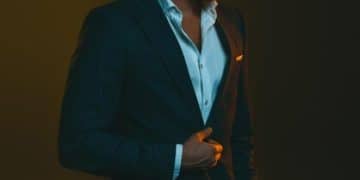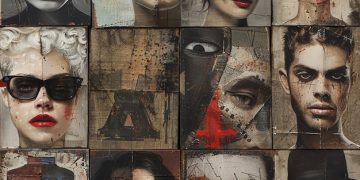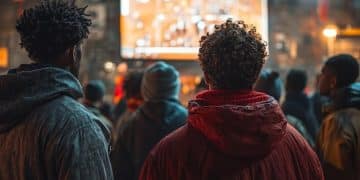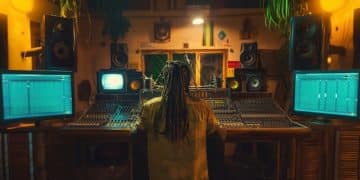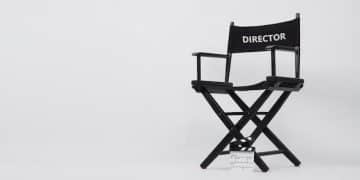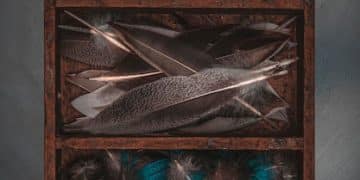The Power of Visual Storytelling: Award-Winning Short Film Analysis
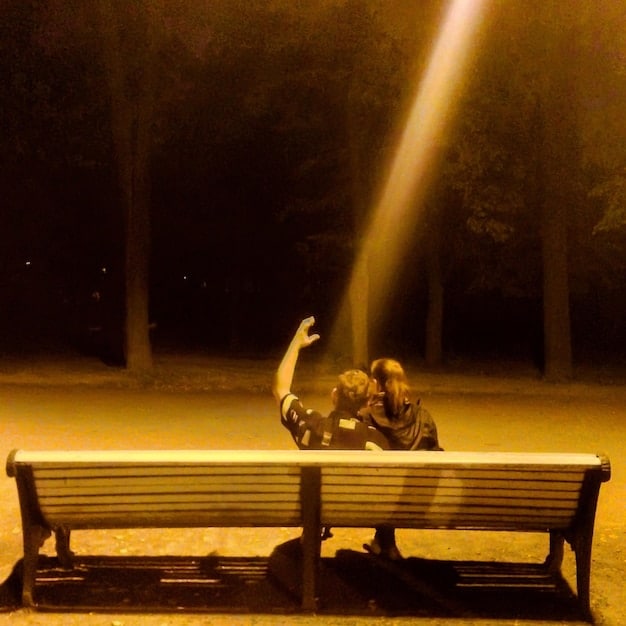
The Power of Visual Storytelling: Analyzing 3 Award-Winning Short Films for Cinematography and Editing Techniques reveals how these elements create compelling narratives. Discover the cinematic artistry and editing secrets behind acclaimed short films.
Short films, often overlooked, are potent vessels of storytelling. They demonstrate the power of visual storytelling: analyzing 3 award-winning short films for cinematography and editing techniques, we can unlock a deeper understanding of cinematic artistry. These succinct narratives masterfully employ cinematography and editing to evoke emotions, convey meaning, and leave lasting impressions.
Unveiling the Essence of Visual Storytelling
Visual storytelling is more than just pretty pictures; it’s the art of conveying narrative through visual elements. By understanding how cinematography and editing work together, we can better appreciate the skill involved.
The Synergistic Relationship of Cinematography and Editing
Cinematography provides the raw material – the shots, angles, and compositions – while editing sculpts these elements into a cohesive story. The camera work and shot choices interact with pacing, transitions, and visual effects of the editing done in post production.
- Framing & Composition: How the subject is positioned within the frame to create meaning.
- Camera Movement: Techniques like pans, tilts, and zooms that guide the viewer’s eye.
- Color Palette: The use of color to set the mood and tone of the story.
- Pacing: The speed and rhythm of the scenes, achieved through shot duration.
Understanding these elements helps us to appreciate the power of visual storytelling: analyzing 3 award-winning short films for cinematography and editing techniques.
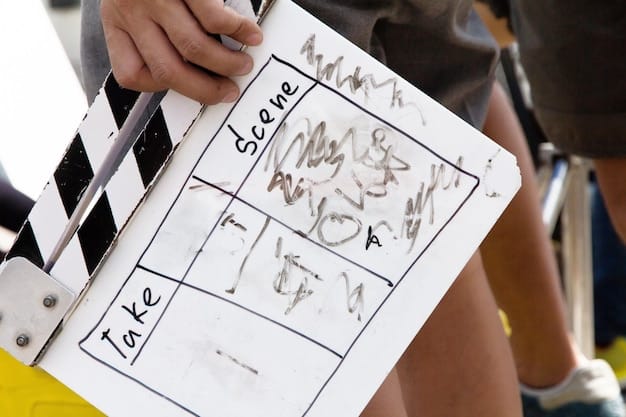
Analyzing “Lights Out” (2013)
“Lights Out,” directed by David F. Sandberg, is a chilling short horror film that relies heavily on visual storytelling, using a familiar fear to trigger a visceral response. The film does so masterfully using the simple trick of turning the lights on and off.
Cinematography and Tension
The film’s cinematography plays a crucial role in building suspense. Sandberg uses darkness and light to create a disorienting and unsettling atmosphere. Through this tension builds, feeding of the fear of the unknown.
- Low-Key Lighting: Emphasizing shadows to obscure details and heighten fear.
- Sudden Cuts: Transitioning abruptly between light and darkness.
- Use of Negative Space: Creating visual imbalance to make the viewer uneasy.
With simplicity, “Lights Out” reinforces the power of visual storytelling: analyzing 3 award-winning short films for cinematography and editing techniques like these help us understand how to affect an audience. The film uses its simple format to explore how filmmakers can create a narrative on a budget.
Delving into “Bawke” (2012)
“Bawke,” directed by Hisham Zaman, tells the poignant story of a father and son who are recent immigrants struggling with acculturation in a new country, where they are seeking asylum. The film highlights the challenges of cultural displacement and the lengths one parent will go to in order to protect their child. Zaman uses visual storytelling to show the contrast of values and lifestyle that the refugees are experiencing.
Editing for Emotional Impact
The editing in “Bawke” is deliberately paced, allowing the emotional weight of the story to sink in. Careful selection and composition enhances the film’s themes of isolation and cultural disconnect. A strong sense of the setting makes the characters that much more relateble.
- Long Takes: Allowing scenes to unfold without interruption, emphasizing realism.
- Cross-Cutting: Juxtaposing scenes of the father and son to highlight their diverging experiences.
- Montage Sequences: Condensing time and conveying the passage of days.
The film uses its narrative to show that the power of visual storytelling: analyzing 3 award-winning short films for cinematography and editing techniques, is not all about the technical aspects. It’s about the emotions a film evokes.
Examining “Bear Story” (2014)
Directed by Gabriel Osorio Vargas, “Bear Story” (Historia de un Oso) is an animated short that delivers a powerful message about family, memory, and loss in a time of political repression. Through carefully crafted animation and emotional resonance, the film captures a sense of longing and resilience.
Animation as a Tool for Visual Narrative
Animation can be a powerful medium for visual storytelling. “Bear Story” exemplifies this by using stop-motion animation to create vivid visual metaphors. The colors drawl the audience in, as does the emotion conveyed by the character.
- Symbolic Representation: Using animated elements to represent abstract ideas like freedom and captivity.
- Color Symbolism: Employing color to evoke specific emotions and highlight certain narrative elements.
- Visual Metaphors: Using visual elements to represent deeper meanings and themes.
The story does more than use cinematic elements to connect to an audience. The power of visual storytelling: analyzing 3 award-winning short films for cinematography and editing techniques can show a narrative on tough subjects that resonate with audiences. Through color and symbolism the story comes to life.
The Lasting Impact of Short Films
While short films may be brief in duration, their impact can be quite profound. They offer filmmakers a creative and accessible platform to explore innovative techniques and engage with audiences in meaningful ways. They can also affect change.
Why Cinematography and Editing Matter
The quality of cinematography and editing isn’t just about aesthetics; it’s about enhancing the story’s emotional impact and conveying its message effectively. The story and the elements work to connect the reader to the subject matter.
They have the ability to stay with an audience long after they have finished.
| Key Element | Brief Description |
|---|---|
| 💡Cinematography | Techniques of capturing visual elements, including camera angles and lighting styles. |
| ✂️ Editing | Process of assembling shots to form a coherent film, affecting pacing and rhythm. |
| 🎬”Lights Out” | Demonstrates tension through the use of darkness and unexpected cuts. |
| 🐻”Bear Story” | Uses animation to capture the longing and resiliance in a time of political supression. |
Frequently Asked Questions
It is the ability to convey narratives and evoke emotions through visual elements rather than relying primarily on dialogue or text. It’s about using cinematography and editing to create a cinematic experience.
Cinematography sets the scene’s mood, guides the viewer’s eye, and provides the raw visual material that will be edited to shape the narritive.
Editing sculpts all of the cinematic elements into a cohesive story, creating an experience and connecting an audience to the film. It helps with creating suspense for the audience.
Short films provide a platform for filmmakers to experiment, innovate, and engage with audiences. They are vehicles that can be used to tell tough narratives in a short period of time.
Filmmakers should focus on the craft to make a moving and visually impacting film. The elements work simultaneously to deliver that impact to the audience and tell an important story.
Conclusion
In conclusion, the power of visual storytelling: analyzing 3 award-winning short films for cinematography and editing techniques reveals how these elements work together to create compelling narratives. The power of good cinematography and editing go hand-in-hand to create a great film.
Effective visual storytelling makes movies unforgettable. Through the medium, artists can capture the attention of audiences by presenting narratives in a visually pleasing setting.
